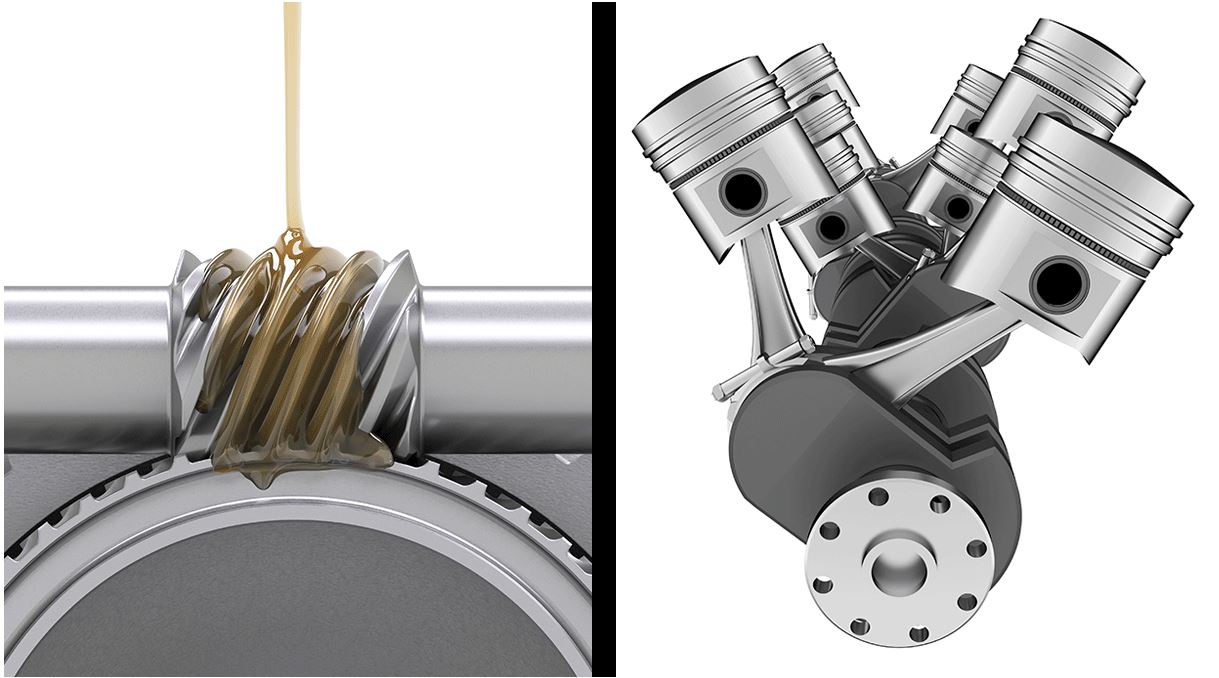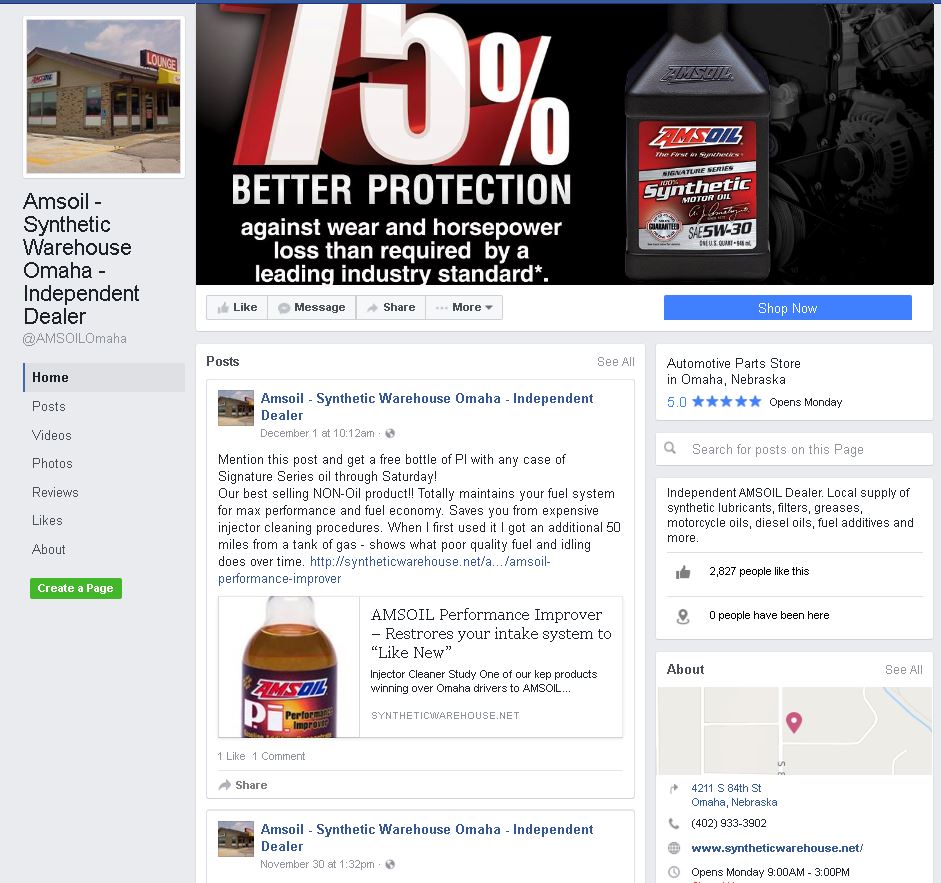Gear Oil vs. Engine Oil: What’s The Difference? Gear oil uses a different viscosity classification and different additives. by Joel Youngman|May 9, 2022 High-quality gear oil must lubricate, cool and protect geared systems while carrying damaging wear debris away from contact zones and muffling the sound of gear operation. In this post, we’ll look at […]
You are browsing archives for
Tag: engine oil
Like our Facebook Page – Specials
Be sure to Like our Facebook Page Like our AMSOIL Sioux Falls facebook page so you are certain to never miss out on updates, products and offers!! And most importantly support Nebraska small business. Here’s the link: Sioux Falls AMSOIL AMSOIL Synthetic Warehouse in Sioux Falls specializes in developing synthetic lubricants that offer innovative answers […]

